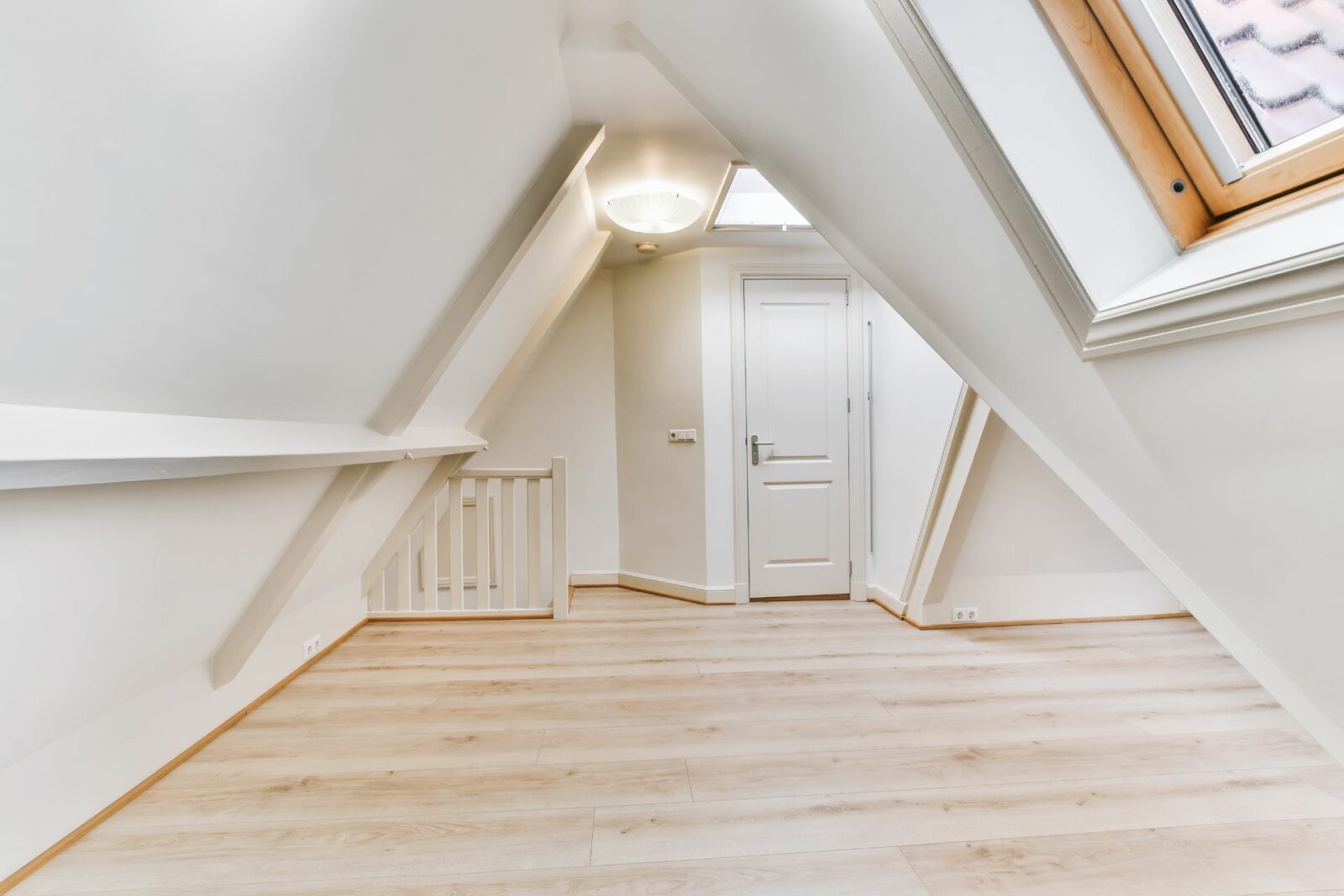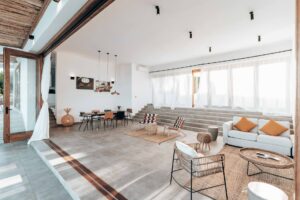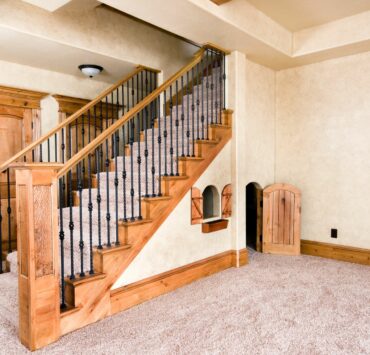Often neglected, the attic is typically a repository for holiday decorations, old clothes, and family heirlooms. Yet, this space holds the potential to become one of the most enchanting areas of the home. Successful attic remodels can offer added living space, improved home value, and a new perspective on your home’s design. This transformation, however, requires careful planning, a clear vision, and understanding of the various facets involved in the remodeling process.
Building Codes, Regulations, and Permits
Every remodeling journey should begin with a firm understanding of local building codes and regulations. Your attic renovation is not just about creating a beautiful space; it’s about creating a safe and functional one. Building codes can affect various aspects of the project, including minimum ceiling heights, the necessity for emergency exits, and requirements for electrical and plumbing installations.
Moreover, you will likely need to secure the appropriate permits before commencing work. While this may seem daunting, adhering to these guidelines will ensure your remodel is carried out safely and legally, avoiding potential headaches down the line.
Evaluation and Inspection: Laying the Foundation for Success
Your attic’s current condition will heavily influence the scope of your project. Key areas to evaluate and inspect include:
- Structural Stability: The existing joists may have been designed only to support the weight of a roof, not the load of a functional living space. You may need to reinforce or supplement the current structure to accommodate the added weight.
- Access: A pull-down ladder might suffice for a storage space, but a functional living area will likely require a more permanent staircase. You’ll also need to ensure any new stairs meet local building codes.
- Insulation and Ventilation: Attics are prone to temperature extremes. Proper insulation and ventilation will help create a comfortable living environment throughout the year.
- Plumbing and Electrical Systems: Depending on your planned use for the space, you might need to extend electrical circuits, plumbing lines, or even HVAC ductwork to the attic.
- Water and Pest Damage: As with any renovation, it’s crucial to address any existing damage before beginning the remodeling work. This can include anything from a minor leak to significant pest damage.
Envisioning Your Attic: Functionality Meets Aesthetics
Your attic can be transformed into virtually any type of room. Dreaming of a quiet home office, a cozy bedroom, or even a creative studio? The possibilities are plentiful. However, remember to keep your attic’s unique features in mind. Sloped ceilings, for instance, can create a cozy ambiance for a bedroom or study. Natural light from a dormer window can make your attic an ideal spot for a home office or art studio.
Furniture choices will heavily depend on your attic’s dimensions and the room’s purpose. Built-in furniture, such as desks, shelves, or beds, can save space and add character. On the other hand, selecting adaptable, multifunctional furniture can allow for flexibility if your needs change over time.
Bringing Your Vision to Life: The Remodeling Process
While every attic remodel is unique, most will follow a similar process. After securing any necessary permits, the first step is typically to reinforce the floor, if necessary, and make any required changes to the space’s layout. Next, you’ll likely install any necessary electrical, plumbing, or HVAC upgrades. Insulation and ventilation improvements come next, followed by installing walls, ceilings, and floors.
After the major construction work is complete, you can paint or wallpaper the space, add lighting fixtures, and, finally, bring in your furniture and décor. Remember that a professional contractor or experienced DIYer should perform significant structural work or system upgrades.
Conclusion: The Rewards of an Attic Remodel
The attic, often overlooked and filled with dusty boxes, holds unique potential for a remarkable transformation. Attic remodels demand careful planning, understanding of local codes and regulations, creative vision, and diligent execution. However, the rewards – a new, functional living space, improved property value, and the satisfaction of realizing your unique vision – are well worth the effort.








